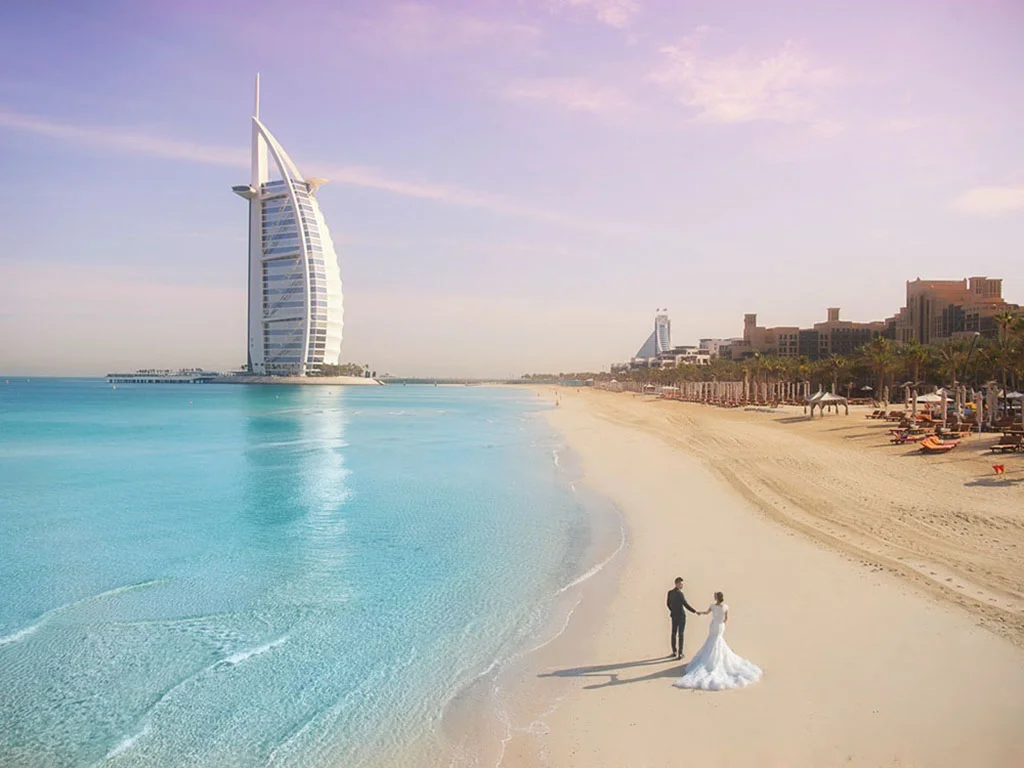The Middle East is emerging as a top destination for luxury and lifestyle tourism, with rising interest from high-net-worth travellers seeking curated experiences and premium cultural events.
A new industry report forecasts that global spending on luxury leisure hospitality will surpass $390 billion by 2028.
The ATM Travel Trends Report 2025, compiled by Tourism Economics for Arabian Travel Market (ATM), links this surge to the region’s growing reputation for exceptional hospitality and world-class infrastructure. It highlights a strong shift toward personalised, high-end travel across the GCC.
Tourism spending to rise
According to the report, total tourism spending in the Middle East is expected to grow by 50% between 2024 and 2030, reaching nearly $350 billion.
The region’s travel sector is on track to exceed pre-pandemic spending levels by 54% this year alone, with an annual growth rate projected at over 7% through 2030.
Danielle Curtis, Exhibition Director ME, Arabian Travel Market, said: “The report’s findings confirm that travel growth in the Middle East is incredibly strong, with annual growth averaging more than 7% through 2030. Bold national visions, game-changing developments, and enhanced connectivity are some of the key factors driving this momentum.”
Premium travellers spend more
The report also notes that nearly 60% of travellers choosing the Middle East typically spend on luxury experiences, compared to under 40% in other global destinations.
With more than 170 luxury hotels across the region—almost 100 in Abu Dhabi and Dubai alone—this segment is expected to see continued expansion, especially as Saudi Arabia develops its Giga projects.
Strong growth in business, sports travel
Business travel in the Middle East is forecast to grow 1.5 times faster than the global average by 2030, supported by the region’s strategic location and increasing global connectivity. Outbound business travel is expected to rise 9% annually, while inbound travel from outside the region is set for 13% annual growth.
Sports tourism is also expanding rapidly. Following events like Expo 2020 and the Qatar World Cup, the report projects a 63% rise in regional sports tourism, boosted by the upcoming 2034 FIFA World Cup in Saudi Arabia. Key growth areas include golf, football, motorsports, cycling, and esports.
Key travel markets and aviation growth
Europe currently accounts for 50% of all leisure travel to the Middle East, with India and the UK ranking as the top two inbound markets. China follows closely, with leisure spending expected to grow 130% by 2030. Tourism from Asia Pacific and Africa is also forecast to double in visitor nights.
To meet growing demand, the region’s four major airlines—Emirates, Etihad Airways, Qatar Airways, and Saudia—have placed orders for nearly 780 new aircraft.
ATM’s industry role
ATM 2025, held in Dubai, saw more than 55,000 travel professionals from 166 countries, with a 16% increase in attendance from the previous year. The next edition will return from May 4 to 7, 2026, continuing its role in shaping global travel trends.
tanvir@dubainewsweek.com

